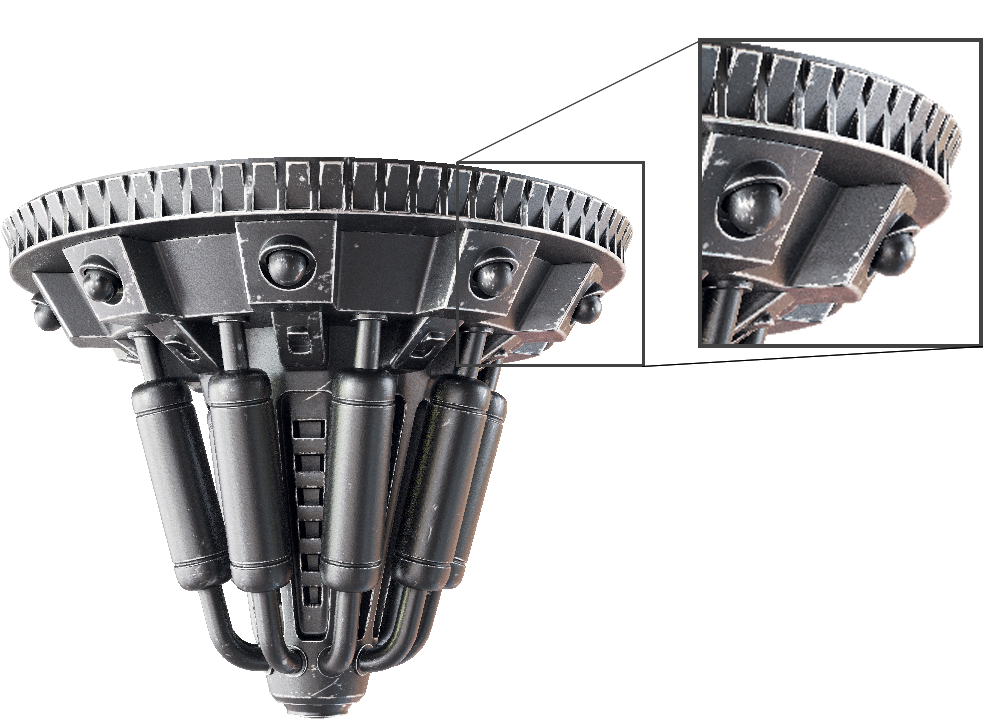The advantage of this sampler is that you can see an image very quickly, and then let it refine for as long as necessary as additional passes are being computed. This is contrast to the bucket-based image samplers, where the image is not complete until the final bucket is done.
A disadvantage is that more data needs to be kept in memory, especially when working with render elements. Also, when using distributed rendering, because of the continuous refinement, frequent communication between the client machine and the render servers is required, which may reduce the CPU utilization on the render slaves. This effect can be controlled to some extent using the Ray bundle size parameter.
Avoid using the Progressive sampler with sharpening image filters (Catmull-Rom, Mitchell-Netravali) as this may slow down the rendering - additional image samples will be required to resolve sharpening filters properly. V-Ray will print a warning in this case in the V-Ray messages window. |
Min. subdivs – Controls the minimum number of samples that each pixel in the image receives. The actual number of the samples is the square of the subdivs.
Max. subdivs – Controls the maximum number of samples that each pixel in the image receives. The actual number of the samples is the square of the subdivs. If zero, the number of samples is not limited.
Noise threshold – The desired noise level in the image. If this is 0.0, the entire image is sampled uniformly until either the Max. subdivs value is reached or the Max. Render time in Min limit is reached.
Max. Render Time in Min – The maximum render time in minutes. When this number of minutes is reached, the renderer stops. This is the render time for the whole frame; it includes any GI prepasses like light cache, irradiance map, etc. If this is 0.0, the render is not limited in time.
Ray Bundle Size – Useful for distributed rendering to control the size of the chunk of work that is handed to each machine. When using distributed rendering, higher values may help to utilize CPUs on the render servers better.
Image Effects Update Freq. – The frequency of post-effects updates, such as denoising and lens effects, during progressive rendering; roughly the percentage of time calculations are allowed to take compared to the total render time. Zero disables updates during progressive rendering. Larger values cause the effect to be updated more often. A value of 100 updates the post effects as often as possible. Values between 5 and 10 are usually sufficient.
Autoswitch to Effects Result – With this option enabled V-Ray Frame Buffer automatically displays the effectResult channel after calculation of post effects is done. When disabled, the RGB color channel is displayed instead.
Animated Noise Pattern – When enabled, the sampling pattern is the same from frame to frame in an animation. Since this may be undesirable in some cases, you can disable this option to make the sampling pattern change with time. Note that re-rendering the same frame produces the same result in both cases.


